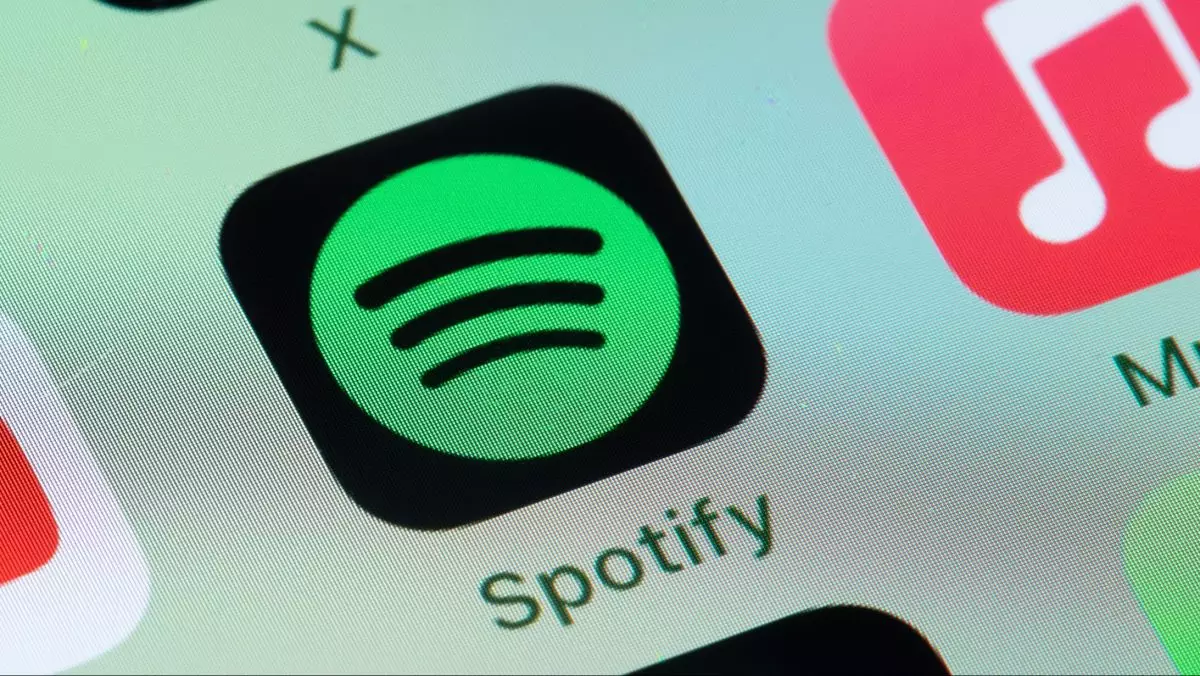Spotify, the giant of music streaming, first stirred excitement with its ambitious announcement of a lossless audio tier in early 2021. Fast forward to today, and music lovers are likely feeling a mix of optimism and skepticism as they witness yet another round of speculated developments surrounding this oft-delayed feature. Over four years of anticipation has cultivated a fertile ground for both hope and frustration among users eagerly awaiting the arrival of the promised “Spotify HiFi.” Despite the multitude of leaks and hints from company insiders, the service remains undeveloped in the public’s hands, and with each passing year, the sense of urgency for high-fidelity sound grows increasingly pronounced.
The modern listener is no longer satisfied with basic audio quality; the demand for higher fidelity has surged as audiophiles advocate for richer, more immersive experiences, transforming listening from a passive enjoyment into an art form. To remain relevant and competitive in the ever-evolving landscape of music streaming, Spotify’s introduction of a lossless audio tier isn’t just a value addition—it’s a necessity.
New Developments: Glimmers of Hope
Recent code references discovered by renowned technologist Chris Messina within the Spotify desktop app demonstrate that the company is still actively tinkering with the idea of a lossless audio feature. These hints might be small and fleeting, but they offer a glimmer of hope for the die-hard fans wishing for enhancements that mirror those available from competitors like Tidal and Apple Music. The references—informative snippets pertaining to lossless benefits—indicate that the launch timeline may not be as dormant as previously feared.
Despite being largely dormant on the customer front, these revelations suggest that Spotify aims to ensure its user base is prepared and informed, detailing exquisite possibilities like “the best sound quality on Spotify for music in up to 24-bit/44.1 kHz.” These nuggets of information do indeed fuel speculation about the functionality’s proximity to its launch. Many hope for a seamless user experience that could potentially enrich daily listening routines.
However, the reality of software development reminds us that coding snippets don’t equate to immediate service availability. The presence of lossless references within the app’s architecture inherently elevates expectations but also requires a tempered anticipation that must guard against disappointment.
Augmented Reality in Audio: Preparing the Market
Spotify’s Chief Business Officer, Alex Norstrom, recently affirmed the company’s commitment to unlocking premium tiers, hinting at transformative opportunities to tantalize the “super fans.” Users have long speculated about the implications of a Lossless or Music Pro tier—could it involve unique features, remixing capabilities, or even exclusive content? The future of music streaming rests on the ability to captivate niche markets while also continuing to cater to a wide audience.
Notably, the most recent partnerships with prominent labels, including Warner Music and Universal Music Group, could act as pivotal turning points. These collaborations might alleviate previous roadblocks that hindered the rollout of high-fidelity experiences, suggesting that perhaps Spotify is positioning itself to deliver the exceptional sound quality users have been yearning for.
Consumer Sentiment: The Frustration Factor
While the prospect of higher quality audio is exhilarating, this wait has led to visible frustration among users. Many are exasperated by Spotify’s repetitive teases, feeling that their loyalty entitles them to improvements beyond standard updates. As consumers, the desire for premium audio experiences is not just about access to music; it’s about the commitment to excellence and the value they place on immersive sound.
Spotify has a rich history of innovation, but they must now thread the needle carefully. As platforms such as Tidal have received accolades for their high-fidelity offerings, Spotify’s longer-than-expected delay risks positioning the platform as the “one that fell behind.” Streaming is not a static experience; it continuously evolves, and consumer expectations adapt just as rapidly.
Thus, Spotify stands at a crucial juncture—will they launch a feature that not only meets but elevates user expectations to reflect this sonic renaissance? The call for lossless audio is loud and clear, and with the groundwork possibly laid, the onus now falls on Spotify’s shoulders to manifest these eagerly awaited enhancements into reality.

